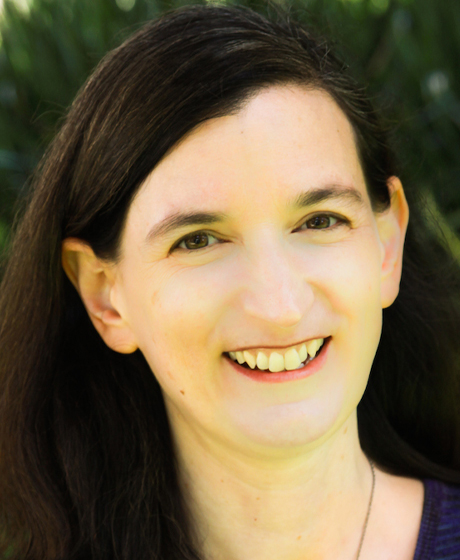
ohn Burton Advocates for Youth, named for the former member of the California State Assembly and President Pro Tem of the State Senate, works to improve the quality of life for California’s foster, former foster and homeless youth through three areas: housing, health and education.
California Schools recently talked with Raucher about the barriers these children face in transitioning to higher education, the role K-12 schools play in preparing students for success and the need for systems to share information about foster youth.

There’s sort of a range of potential benefits available to foster youth, but it’s a very complicated system to navigate. What you get depends on when you entered in foster care and how old you are now. It’s hard, quite frankly, for a lot of the professionals to fully understand all the benefits and the eligibility for those different benefits, much less an 18-, 19-, 20-year-old trying to figure all of that out.
These young people have experienced some sort of trauma that, whatever the abuse or neglect was, resulted in them being removed from their family. Then there’s the trauma of removal, and oftentimes a lot of moving around from placement to placement, from school to school. We’re finding the students who exited foster care at younger ages are presenting with many of the same challenges that students who were in foster care at older ages are presenting with. The truth is, if a young person gets reunified with their biological family, they’re often being reunified into a pretty unstable home situation where maybe the foster care system has determined that the most pressing safety issues have been addressed, but that doesn’t mean it’s necessarily a stable home situation.
We know that college counselors have huge caseloads and they’re not necessarily targeting foster youth specifically, but they should be. Unfortunately, there’s still an attitude among some that these young people aren’t college material. If we get them into a job and get them to graduate high school, that’s success, but the reality is in today’s economy, without some form of postsecondary education, you’re pretty much at a minimum wage job for the rest of your life. When we talk about postsecondary education, we’re not limiting that to a four-year bachelor’s degree. Community colleges have so many vocational career and technical education programs in all kinds of different fields. I think one thing that you sometimes hear from people who work in the foster care field is that if you ask a foster youth, “What is it that you want to be?”, they’ll often say “a social worker” or “a probation officer” because that’s what they’ve been exposed to. They don’t necessarily even have the exposure to such a huge range of professions that exist in this world.
We do a huge disservice to youth in the foster care system where, just because maybe they didn’t excel in high school, we say, “Well, maybe college isn’t for you,” rather than helping them to understand what postsecondary education can mean and how it can fit their interests. I have talked to many college students with experience in foster care who have stories about the people in their lives telling them that they weren’t college material. Whether that’s their biological family or their social worker. I think that it’s important to understand if you’re a high school counselor, that you maybe need to emphasize even more to a foster youth that they are college material because you’re needing to potentially combat some of the other messaging that they maybe have received from other people in their lives.
I think there are other challenges that are not so much around the issue of college access. When a child gets moved within the foster care system from one placement to another, there are all these laws in place that specify that there’s supposed to be something called a “best interest determination” made where the school and the child welfare system sit down together and decide, “OK, this young person is being moved. Does it make sense for them to also change schools, or should they stay at the school of origin?” They have the right to stay at the school of origin even if they move out of that district because we know moving around from school to school is not a good thing for a student’s education.
Alisha Kirby is a staff writer for California Schools.